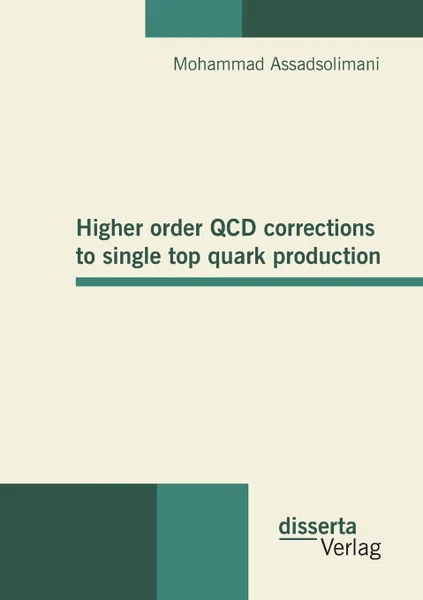Higher order QCD corrections to single top quark production 12+
Автор: Mohammad Assadsolimani
162 страницы
Категория: Учебная литература
ISBN: 9783954256747
Язык: Английский
📓 It is known that the LHC has a considerable discovery potential because of its large centre-of-mass energy (vs =14 TeV) and the high design luminosity. In addition, the two experiments ATLAS and CMS perform precision measurements for numerous models in physics. The increasing experimental precision demands an even higher level of accuracy on the theoretical side. For a more precise prediction of outcomes, one has to consider the corrections obtained typically from Quantum Chromodynamics (QCD). The calculation of these corrections in the high energy regime is described by perturbation theory. In the present study, multi-loop calculations in QCD, including in particular two-loop corrections for single top quark production, are considered. There are several phenomenological motivations to study single top quark production: Firstly, the process is sensitive to the electroweak Wtb-vertex; moreover, non-standard couplings can hint at physics beyond the Standard Model. Secondly, the t-channel cross section measurement provides information on the b-quark Parton Distribution Functions (PDF). Finally, single top quark production enables us to directly measure the Cabibbo-Kobayashi-Maskawa(CKM) matrix element Vtb.The next-to-next-to-leading-order (NNLO) calculation of the single top quark production has many building blocks. In this study, two blocks will be presented: one-loop corrections squared and two-loop corrections interfered with Born. Initially, the one-loop squared contributio...
Мнения
